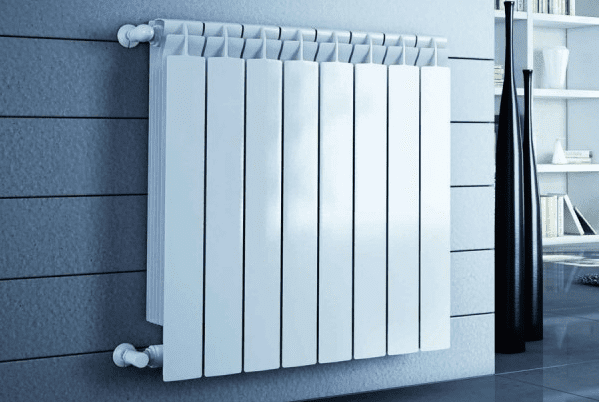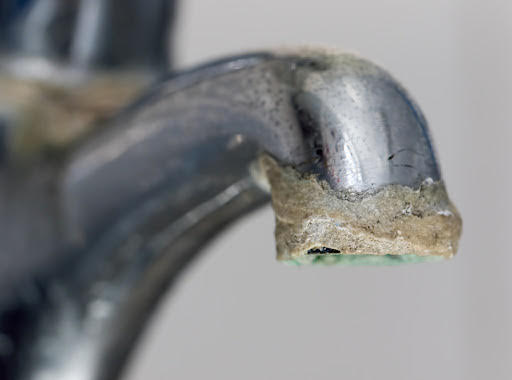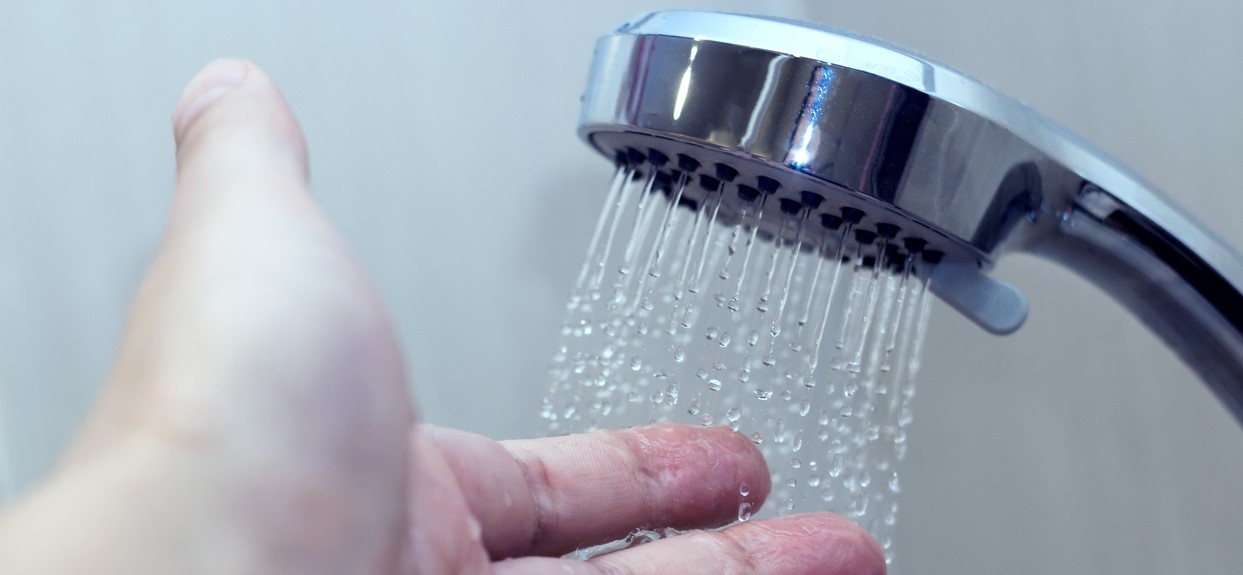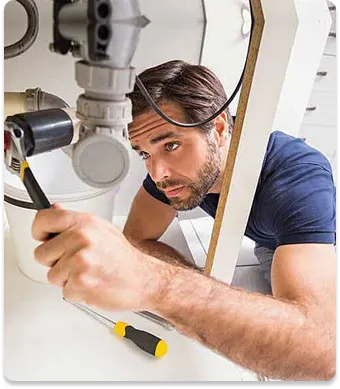To balance a radiator system is an essential method of ensuring that your radiators distribute heat evenly. Due to the method in which hot water is pumped around a heating system via piping, those radiators which are closer to the source (eg: a boiler) of the hot water tend to get more and heat up quicker as a result, with those which are further away taking longer.
Balance a Radiator
Balancing your radiator system rectifies this problem. To balance a radiator you need to use its lockshield valve. This valve is designed to regulate how much water flows into a radiator. Partially closing a radiator’s lockshield valve can reduce the speed of which water enters it. This is useful in relation to those radiators which are closer to the source of hot water as it means you can fine tune how quickly water enters these radiators so that they will fill up at the same time as those further away from it.
Figuring out exactly how open or closed each individual radiator’s is not the simplest of tasks. In order to do it accurately (and in anyway quickly) radiator thermometers should be used. These are clipped onto both the pipe where water flows into the radiator and the one where water exits the radiator. Having a radiator thermometer on each end of the radiator allows the difference of water temperature between the water entering and the water exiting the radiator. The use of radiator thermometers allows the temperature difference to be gauged quickly and efficiently, without the need for any ‘guestimating’.
When figuring out how much water is flowing into each individual radiator it is worth remembering that the same water is not flowing directly through a chain of radiators. Rather, the hot water comes from your central heating system’s main pipe (or ‘flow pipe’ as it is often called) and portions of it are then siphoned off into the individual radiators via smaller pipes which branch off from the flow pipe. Once the water passes through a radiator it then goes back into the flow pipe after exiting the radiator via an additional pipe (often called a ‘return pipe’). Knowing this will give you a better insight as to how the radiator system works and how lockshield valves affect the water flowing through it.
It is very important that you completely switch off your central heating system for a while before balancing your radiators.This gives the water in the system time to cool down, ensuring that you do not scald yourself while balancing the radiator system.
To balance a radiator system the following steps must be taken:
- Radiators typically have two valves located on the pipes that allow hot water to enter them. The main one, which more people are familiar with (often called a ‘control valve’), is used for turning on and off your radiator in normal use. The second is your lockshield valve. This is generally smaller in size and cannot be turned easily by hand. The lockshield valve usually has a cover over it which must be removed before you can turn it.
You should open both of the valves on all of your system’s radiator when you are starting the radiator balancing process. You will most likely need to use pliers to open the lockshield valve. - Once all radiator valves are open, you should turn your heating system back on and proceed to the radiator closest to your source of hot water (you should tend to your radiators starting with the one closest to the source and so on until you finish at the one furthest from it).
- Next, you should attach radiator thermometers to the pipes where water enters and exits the radiators. Then you should turn the lock shield valve slowly until the difference in temperature between the two thermometers is as close to 0ºC as possible.
- Follow this method until you have properly balanced all of your radiators. The lockshield of each radiator will more than likely have to be open to different levels but don’t worry, that’s normal. Once this is done your radiator system should be fully balanced and your radiators should heat up evenly and efficiently.
If you are unsure about anything that you have read this article or you are unfamiliar with any of the tools that are needed to balance a radiator system then you should not attempt to do so yourself. In such cases, you should seek the help of a professional plumber who will have the tools and the know how to balance your radiator system effectively and correctly.
Call DeWAR Plumbers today on 01 514 3300. Our lines are open 24 hours per day, 7 days a week.
Alternatively, you can send us an email with any queries that you might have.
Share this post: on Twitter on Facebook



